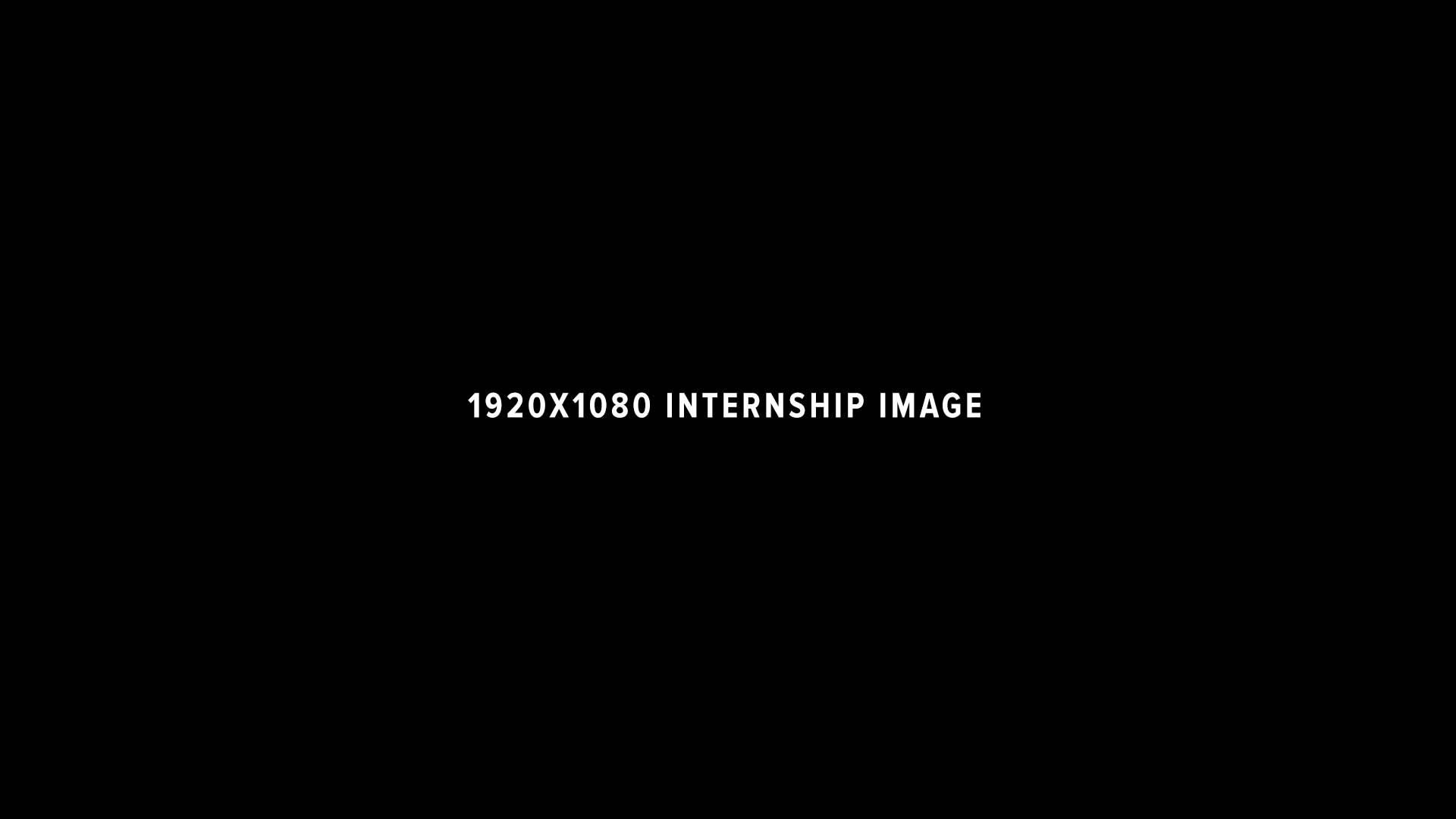Table Of Content

Thicker lines indicate exterior walls, while thin ones are generally used to show interior walls — however, there are exceptions to that rule. For example, a book may have 32 pages or 32 folios while an A4 brochure might have 8 pages or 8 folios. This is important when considering how much content you can fit into your design as some designs may need more space than others. Companies may choose to undergo an FPO for a number of reasons, including taking advantage of favorable market conditions, funding new initiatives, or strengthening their balance sheet.
Stair floor plan symbols
Designers can use placeholder images and text to create a visually appealing and balanced design. This helps save valuable time by providing a starting point for the creative process before the actual assets are obtained. FPO, which stands for “For Position Only,” is a commonly used term in the world of graphic design. It refers to the temporary use of substitute elements, such as images and text, in the design process before the final content is available.
Manish Malhotra to Design Air India's 10000 Employees New Uniform - Zee Business
Manish Malhotra to Design Air India's 10000 Employees New Uniform.
Posted: Fri, 29 Sep 2023 07:00:00 GMT [source]
Architectural Design Process Steps
These dummy sheets help editors estimate the number of column inches necessary for a given newspaper or magazine page. No, FPO is not a legal requirement in marketing, but it is a common practice to indicate that a product or advertisement is not yet finalized. Opening a business, renovating or expanding a home, or considering a construction project? Section 311(c)(1) of the Planning Code provides that Residential Design Guidelines shall be used to review plans for all new construction and alterations.
What Is FBLA Graphic Design?
It allows designers to present initial concepts and ideas, enabling clients to visualize the design and provide feedback. By using FPO, designers and clients can discuss and make revisions to the layout and overall structure without being distracted by the specifics of the content itself. This collaborative approach ensures that the final design meets the client’s expectations and objectives.
While the actual text may not be available, using lorem ipsum or generic text that approximates the desired length helps designers evaluate the overall flow and balance of the design. This helps maintain the integrity of the layout and provides valuable insights into the readability and visual hierarchy. Designers rely on FPO to assess the composition, spacing, and hierarchy of elements in a design. It helps them determine the best placement for images and text, ensuring that the final product is balanced, visually appealing, and effectively conveys the intended message.
Key Considerations When Utilizing FPO for Business Growth
Seek feedback from clients, colleagues, and team members to ensure that the overall structure and visual impact are on track. This iterative approach allows for adjustments and refinements to be made before incorporating the final content. While FPO text is a temporary placeholder, it’s important to communicate this to clients and team members. Clearly indicate that the text being used is temporary and will be replaced with the final content. This avoids any confusion or misunderstanding about the actual copy that will be included in the design.
The meaning of FOO in design and its impact on marketing
This helps potential investors make informed decisions about whether to invest in the company. FPOs can be a complex and labor-intensive process, but they can provide a company with the resources it needs to expand and grow. The meanings behind acronyms like FPO, FP, and FOO can greatly impact how marketers and designers approach their work. By unraveling these terms and exploring their significance, we’ve gained valuable insights into the marketing and design world.

It allows designers to present a design concept without using the final images or text, saving time and resources in the initial stages of a project. A mood board is an arrangement of images, materials, pieces of text, or other visual elements, intended to evoke or project a particular style or concept. A graphic design company may create a mood board to help present a look and feel of a brand identity or campaign before designing all of the individual components. A mood board quickly provides clients with a comprehensive picture of how an entire suite of materials may look like prior to design and production.
This can include helping developers decide if they should purchase a property. The client gets a property survey by a licensed land surveyor, not an architect. Furniture isn’t always included in blueprints, but it can be useful for helping clients envision how a living space might be set up. With Cedreo, you can easily move or reorient furniture symbols to suit client preferences. (And once you’ve finalized your basic interior design, you can create a 3D rendering of it in Cedreo, complete with 3D furnishings). There are floor plan symbols for every kind of door available — from pocket doors to double doors — each aimed at creating a visual representation of their form and function.
The basic goal of schematic design is to develop the shape and size of the building with some basic design. During the schematic design phase, we figure out more or less how the building will look and operate. Schematic phase has a great deal of sketching, lots of meetings with the clients, and basic design. Schematic is where you are really doing the general design, but not getting into deep detail. Architectural Fee Breakdown will vary on project specific needs and project type. If a client requests multiple design options, a physical model, and 3D renderings, for example, the Schematic Phase may be a bit higher than normal.
A proof is a preliminary version of a design or layout that is used to review and make changes before the final version is produced. A mockup is a visual representation of a design or layout that is used to show how the final product will look. A prototype is a working model of a product that is used to test and refine the design before it is produced on a larger scale.
PCMag.com is a leading authority on technology, delivering lab-based, independent reviews of the latest products and services. Our expert industry analysis and practical solutions help you make better buying decisions and get more from technology. Please include what you were doing when this page came up and the Cloudflare Ray ID found at the bottom of this page.
Folio is an essential concept in graphic design which refers to the size, shape and orientation of a printed page. It is the foundation upon which any printed work is based, and it can determine the overall look of a piece. The term “folio” comes from the Latin word for “leaf”, and it is used to refer to a single sheet of paper or multiple sheets that are bound together. An FPO is a process by which a company that is already publicly traded issues new shares to the public.
The analysis will include zoning and building code issues that may affect the development, as well as site analysis. This is when the client provides the architect with a list of what spaces are going into the building. The architect establishes the size, location, and relationships between all the spaces. During the mockup presentation, walk clients through the design, explaining how the FPO elements represent the intended content. Highlight the key features, layout structure, and visual hierarchy to help clients understand the design’s intent and purpose. One of the key benefits of using FPO in mockups is that it allows clients to visualize the final design without the need for finalized content.

No comments:
Post a Comment